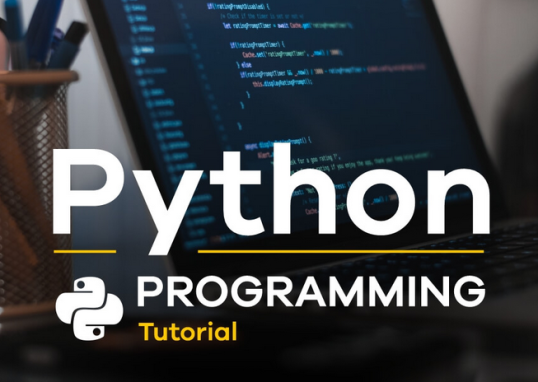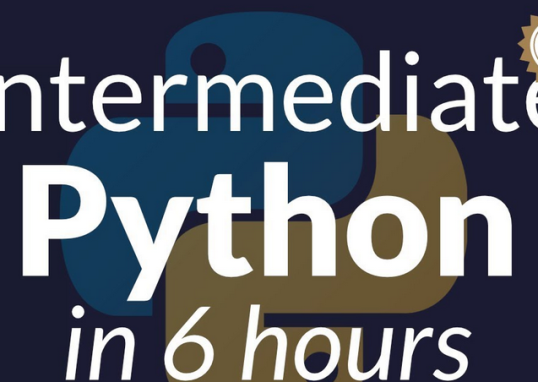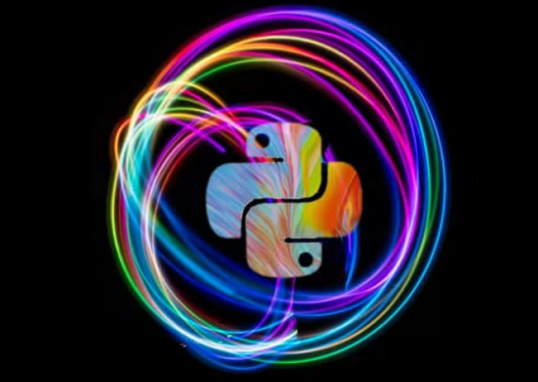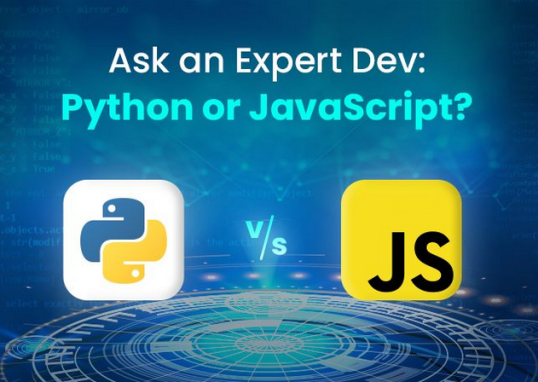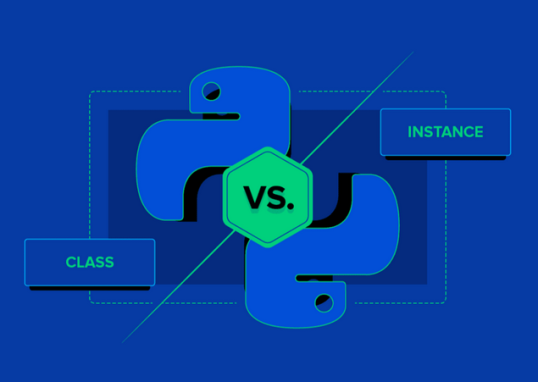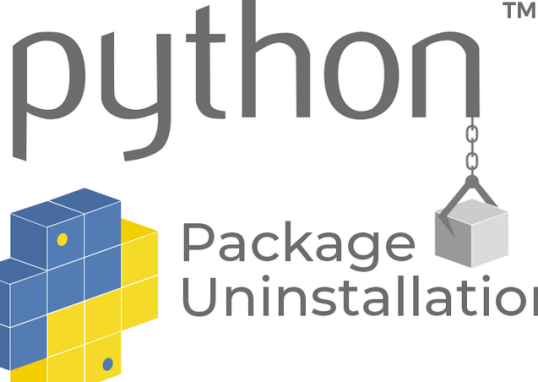In this chapter, we will explore techniques for labeling text data for classification in cases where an insufficient amount of labeled data is available. We are going to use Generative AI to label the text data, in addition to Snorkel and k-means clustering. The chapter focuses on the essential process of annotating textual data for NLP and text analysis. It aims to provide readers with practical knowledge and insights into various labeling techniques. The chapter will specifically cover automatic labeling using OpenAI, rule-based labeling using Snorkel labeling functions, and unsupervised learning using k-means clustering. By understanding these techniques, readers will be equipped to effectively label text data and extract meaningful insights from unstructured textual information.
We will cover the following sections in this chapter:
- Real-world applications of text data labeling
- Tools and frameworks for text data labeling
- Exploratory data analysis of text
- Generative AI and OpenAI for labeling text data
- Labeling text data using Snorkel
- Labeling text data using logistic regression
- Labeling text data using K-means clustering
- Labeling customer reviews (sentiment analysis) using neural networks
Technical requirements
The code files used in this chapter are located at https://github.com/PacktPublishing/Data-Labeling-in-Machine-Learning-with-Python/tree/main/code/Ch07.
The Gutenberg Corpus and movie review dataset can be found here:
- https://pypi.org/project/Gutenberg/
- https://www.nltk.org/api/nltk.sentiment.util.html?highlight=movie#nltk.sentiment.util.demo_movie_reviews
You also need to create an Azure account and add the OpenAI resource for working with Generative AI. To sign up for a free Azure subscription, visit https://azure.microsoft.com/free. To request access to the Azure OpenAI service, visit https://aka.ms/oaiapply.
Once you have provisioned the Azure OpenAI service, set up the following environment variables:
os.environ[‘AZURE_OPENAI_KEY’] = ‘your_api_key’
os.environ[‘AZURE_OPENAI_ENDPOINT”) =’your_azure_openai_endpoint’
Your endpoint should look like https://YOUR_RESOURCE_NAME.openai.azure.com/.
